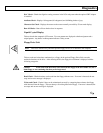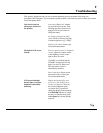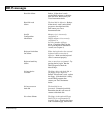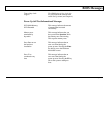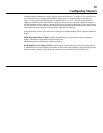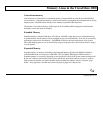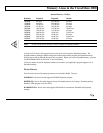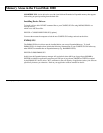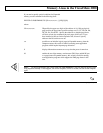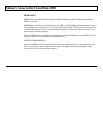
H
Configuring Memory
Computers handle information as strings of binary digits; one's and zero's. A single 1 or 0 is referred to as a
"bit", the smallest piece of information handled by the processor. A group of eight bits, referred to as a
"byte", is used to represent single characters or numbers such as "A" or "5". The size of the computer's
memory is measured in terms of the number of bytes the memory can store. Because this number often runs
into the thousands and even millions, the letter K (kilo) is used to represent thousands of bytes and M (mega)
is used for millions of bytes. Because of differences between the binary and decimal number systems, one K
byte actually represents 1024 bytes, and one M byte represents 1024 K bytes.
From the hardware point of view, there are two main types of internal memory used in computers: ROM and
RAM.
ROM (Read Only Memory)-ROM
is memory that permanently stores programs or data on integrated
circuits. Information is programmed into the circuits in the
manufacturing process and cannot be changed by the user.
RAM (Random Access Memory)-RAM
is memory that is used to temporarily store data or programs-that
is, information can be easily deleted and rewritten. RAM is used in the computer to store data and programs
while the system is running. When the power is turned off, any information stored in RAM is lost.
Configuring Memory H-1



